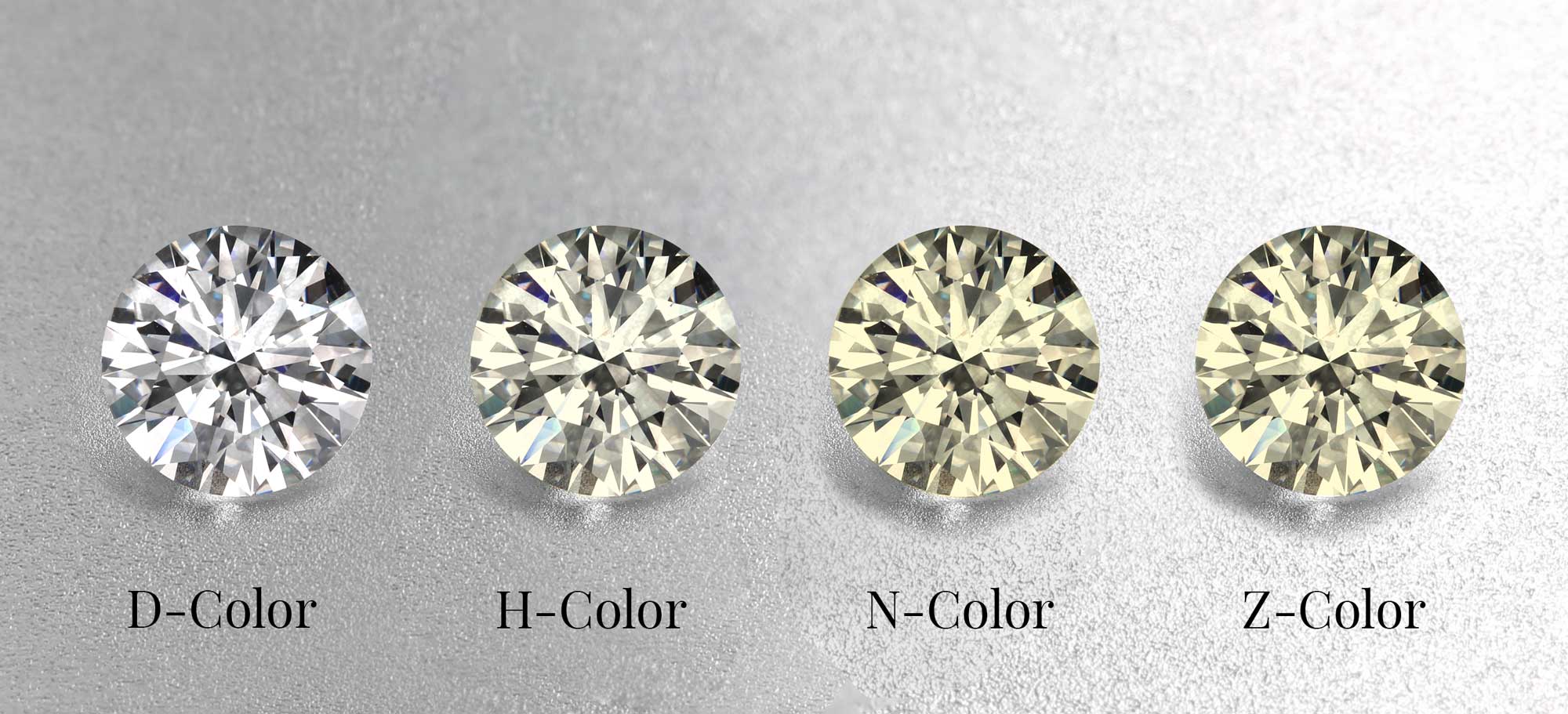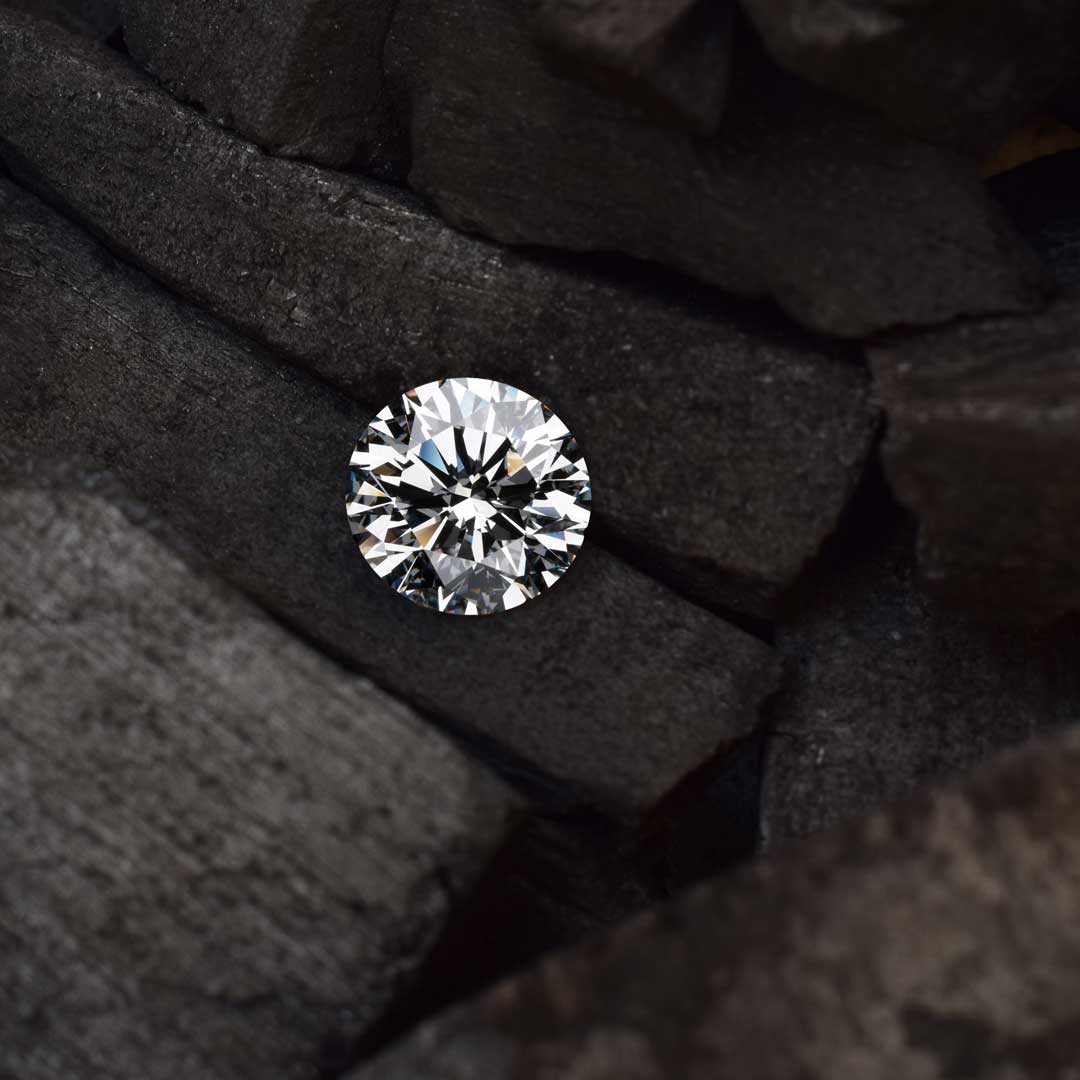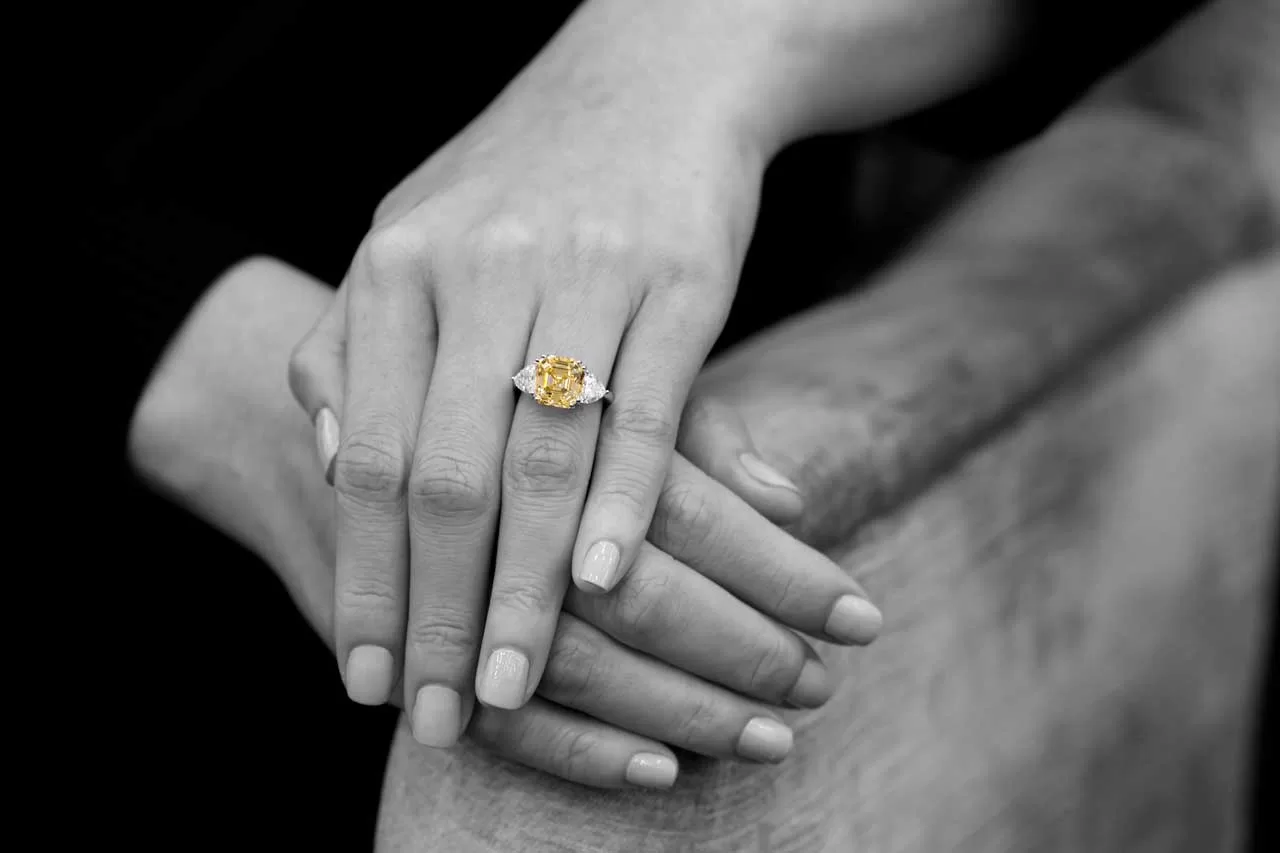Diamond Color: What You Need to Know Before Buying

Diamonds are one of the most coveted gemstones in the world and they are valued based on their rarity and beauty. One of the most important characteristics that determine a diamond's value is its color. Diamond color refers to the amount of yellow or brown tint in the stone, with the most valuable diamonds having no color at all. In this article, we will explore everything you need to know about diamond color before buying.
Diamonds are graded on a color scale that starts with D, which represents the most colorless diamonds, and goes all the way to Z, which are diamonds that have a significant yellow or brown tint. The closer a diamond is to D, the more valuable it is considered to be.

Colorless diamonds are extremely rare and only about one in every 10,000 diamonds is considered to be a true colorless diamond. Most diamonds that are available in jewelry stores fall within the upper end of the scale, which includes diamonds that are nearly colorless, with just a hint of yellow or brown.
However, Gordon Max, a pioneer in the jewelry industry, has developed a breakthrough technology that allows them to produce eco-diamonds with a color grade equivalent to the most valuable D-color diamonds. This innovative technology, coupled with their proprietary science, ensures that each Gordon Max diamond is completely flawless and absolutely stunning.
Gordon Max eco-diamonds are not mined but rather created in a laboratory, which makes them more sustainable and ethical than traditionally mined diamonds. Additionally, each eco-diamond is carefully crafted to ensure that it meets the high standards set by Gordon Max.
What is Diamond Color?
Diamond color refers to the presence or absence of color in a diamond. The Gemological Institute of America (GIA) has a color grading scale that ranges from D to Z, with D being the most colorless and Z having a yellow or brown hue. The closer a diamond is to being colorless, the more valuable it is.

Why Does Diamond Color Matter?
Diamonds are formed deep beneath the earth’s surface under intense heat and pressure. During the formation process, various elements can be trapped within the diamond, affecting its color. The absence of any color in a diamond means that it is exceptionally pure and highly desirable.
Jewelry stores typically offer diamonds in the color range from colorless to near-colorless, with slight hints of yellow or brown. Colorless diamonds are the most valuable, while those with a yellow or brown tint are typically less valuable.
How is Diamond Color Graded?
Professional graders use specialized lighting to grade diamonds’ color on a scale from D to Z. D grade diamonds are completely colorless, while Z-grade diamonds have a noticeable yellow or brown hue.
Once a diamond’s color is determined, it is assigned a letter grade based on how closely it resembles a D color diamond. Each letter grade corresponds to a specific range of color.
For example, a diamond that falls within the D to F range is considered colorless, while diamonds in the G to J range have a slight hint of color. Diamonds in the K to M range have a noticeable yellow or brown tint.

Factors That Affect Diamond Color
Various factors can affect a diamond’s color, including its cut, carat weight, and the presence of any impurities. A diamond’s cut can significantly impact how it reflects light, which can make it appear more or less colorless.
Additionally, larger diamonds tend to show more color than smaller ones, so a larger diamond may have a slight yellow tint, even if it is in the colorless range. Finally, the presence of impurities or structural defects can also impact a diamond’s color.
Conclusion
In conclusion, when it comes to diamonds, color is an incredibly important characteristic to consider. The closer a diamond is to colorless, the more valuable it is considered to be. Thanks to Gordon Max’s breakthrough technology, it is now possible to own a stunning, flawless eco-diamond that rivals the most valuable D-color diamonds in the world.

